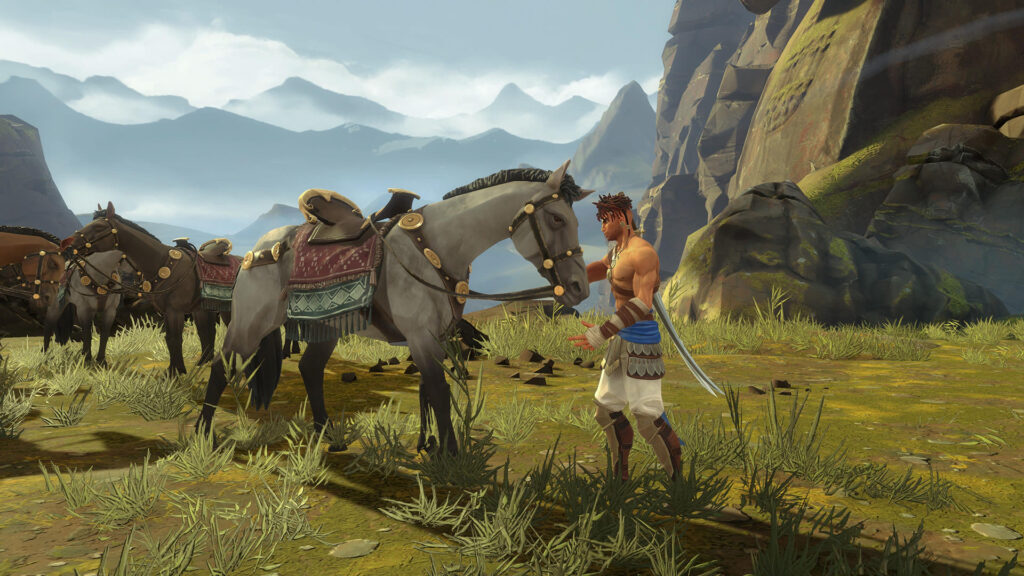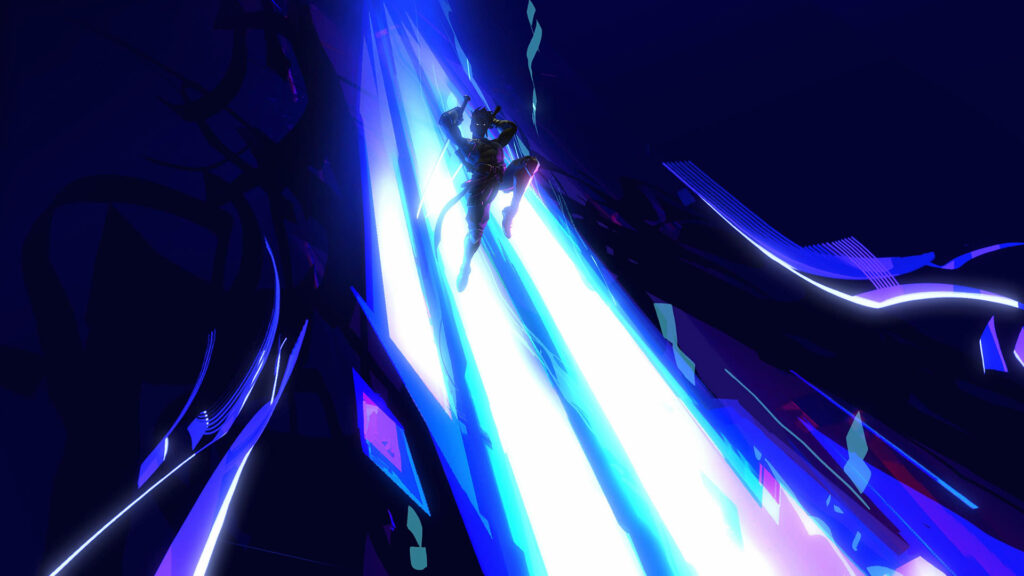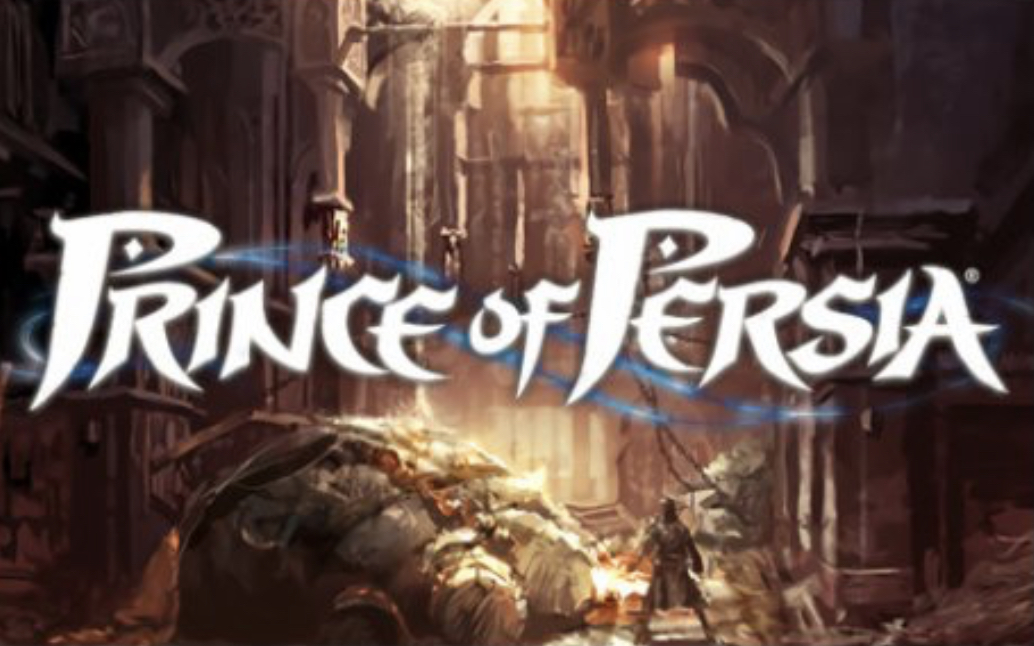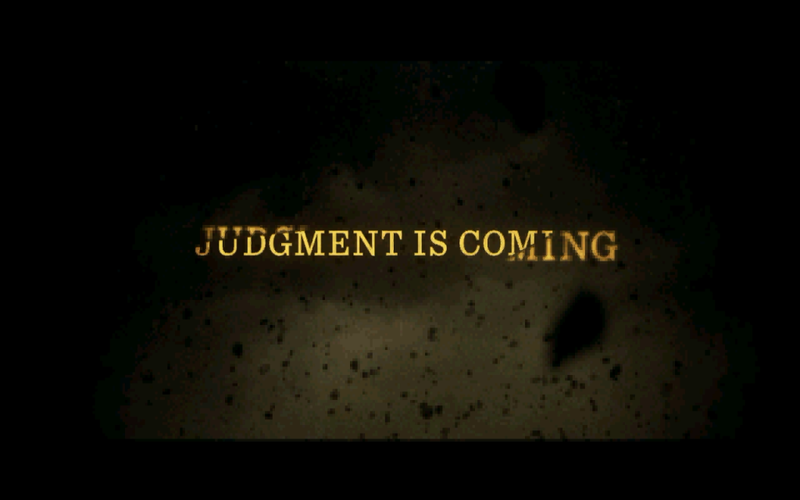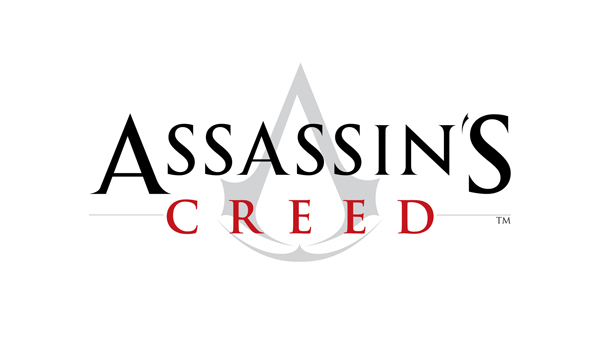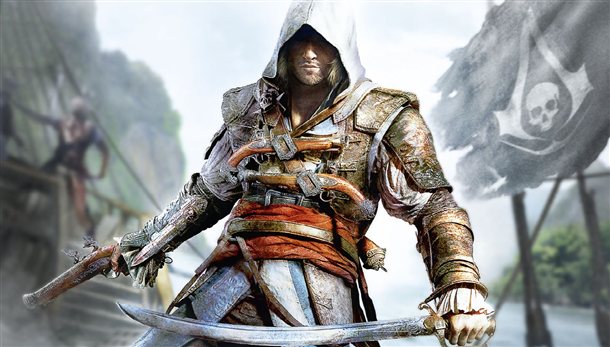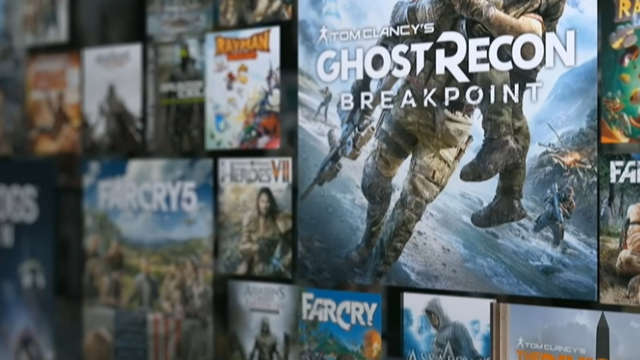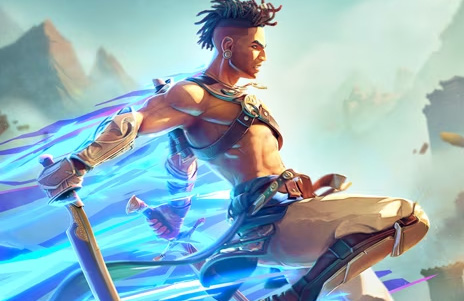
While the internet has been patiently awaiting the long-ago announced Prince of Persia: The Sands of Time remake, Ubisoft has been relatively quietly building up a brand new, original Prince of Persia title that is honestly far more exciting than a remake. Prince of Persia: The Lost Crown is a 2.5D Metroidvania-style take on the franchise, with a new protagonist, new mythology and new gameplay that feels different enough from past reboots to feel fresh, while still retaining everything you’ve come to expect from a Prince of Persia title.
The first change is the main character himself, Sargon, who is not actually a Prince this time around, rather one of seven ‘Immortals’ – elite warriors serving the prince and queen of Persia. When the actual Prince of Persia is kidnapped by Sargon’s former mentor, the Immortals are put into action to rescue him from Mount Qaf, a mysterious fortress city that appears to be shattered in time. Here, not only do each of the Immortals begin to experience time differently, but multiple versions of timelines begin to collide, as Sargon races to not only rescue Prince Ghassan, but is driven to discover the secret of the mountain and its links to the god Simurgh and the origins of the empire.
The story begins with several familiar elements to both Metroidvania and Prince of Persia fans, but really takes a life of its own as it reaches its second act. The time shenanigans at work are different to what we’ve seen before in games like The Sands of Time, and Sargon himself is a likeable protagonist, as are his compatriots, although some of them fade into the background relatively quickly. The storytelling is enhanced by The Lost Crown‘s stylistic design. Visually, its character models seem basic, but its backgrounds are often luxuriously detailed, with environments that not only recall past Prince of Persia games, but go further into their own unique, cinematic designs. Key moments in action and the storytelling are punctuated by anime-style light flashes and background pops, making The Lost Crown visually very distinct in the series. Often, bosses will even power-up in a very Dragon Ball-esque Super Saiyan fashion.
Mount Qaf is a sprawling location with environments that stretch every direction, from the city itself to a sunken harbour, scholarly libraries to dank sewers and even a raging storm frozen in time. Initially, your progression through the map is limited, with Sargon’s movement only supplemented by a simple jump, slide and run, but soon that movement is expanded with a useful dash that wall-runs in mid-air. Further upgrades, some of which come later than you think, significantly add to that with a double jump, teleport and long-range whip pull that are so useful that by the end of the game Sargon is whipping across environments in a hugely satisfying movement system that never stops feeling fun. The movement feels both fast and responsive, which is necessary given some absolutely devilish platforming challenges that are set out along the way, which require not only speed, but patience, pin-point accuracy and a lot of respawns. I’m not kidding, some of these stretches are filled with traps, spikes, pulleys and non-stop hazards which will kill you if you’re a millimetre off, and while often they lead to useful rewards like Azure Ingots that can upgrade weapons, when they lead to the more-abundant collectibles like coins it can be a little disappointing.
However, The Lost Crown also shines in its combat system, which I recommend you absolutely take the time to delve into with the assistance of your Immortal trainer friend, who offers several tutorial ‘challenges’ to get the gist of it. Not only is Sargon able to parry attacks, counter-attack, or dodge, but a lot of his successful combat strategies revolve around juggling foes in the air. If you’re able to launch an enemy and keep them in the air as long as possible, they’re most often not going to be able to do anything about it. As Sargon progresses through Mount Qaf, he unlocks other special abilities which can supplement his arsenal. Beyond his standard two-sword melee attack, he also gains access to a bow, as well as a returning ‘chakra’ wheel which can bounce off enemies, and a range of ‘Athra surge’ special attacks that can be equipped to suit your playstyle. Customisation is further enhanced by a huge array of amulets Sargon discovers throughout the mountain, which can be equipped with different effects (as long as you have enough slots for them), such as increase melee damage while in the air, giving you extra health bars, or releasing a shockwave when you attack. The combat in The Lost Crown feels easy enough to learn, and is certainly open to brute-forcing if you upgrade Sargon enough, but most encounters can be won by careful timing and learning of the game’s rules, no matter how unfair a boss encounter may seem.
The entire main quest of the game is about 20 hours long, however some of the bosses in the last stretch of the game can be incredibly demanding on your timing and pattern-recognition, so much so that you might be better off spending some extra time hunting down Ingots to upgrade your weapons to their max level, just to give you a better chance at surviving longer. There are several side quests outside the main game that require you to hunt down hidden items or people, which will also stretch the game’s playtime, but if you’re playing The Lost Crown like a true Metroidvania then you’ll already be setting about collecting them anyway. The map is vast, but The Lost Crown makes some innovations in helping you navigate it, including a ‘memory shard’ function that allows Sargon to take a screenshot at a location and pin it to the map. While you’re still able to pin more vague pointers on the map which more or less describe what you find as you mark places to return to, the memory shard ability is far more useful as it allows you to very quickly pull up exactly what you were looking at. Like all of Sargon’s abilities, it’s somewhat limited in how many pictures you can actually take at a time, but this can be expanded through upgrades you find, and you shouldn’t find yourself running out of shards too often.
Prince of Persia: The Lost Crown reinvents the series in such an exciting way, as it feels like the Metroidvania genre fits the series like a glove. The traversal and platforming elements pull from its Sands of Time era while not feeling derivative, while the sharp combat system recalls its earliest beginnings. However, The Lost Crown stands on its own as its own unique mark on the genre, buoyed by some innovations like the Memory Shard system, but mostly by the strong story, environments, and range of gameplay challenges. While it will be nice to see the Sands of Time remake, I’m sure, when it eventually arrives, it does feel like The Lost Crown might have already eaten its lunch, as it’s such a strong new start for the series to forge ahead with.
This review is based on code provided by Ubisoft on PS5.
-Strong combat system makes for entertaining, challenging fights -Visually impressive and exciting world is full of secrets to discover -The Metroidvania genre fits Prince of Persia like a glove -Stylisation makes this game's look much more unique and striking
-Rewards for some of the most challenging tasks can feel a little paltry

